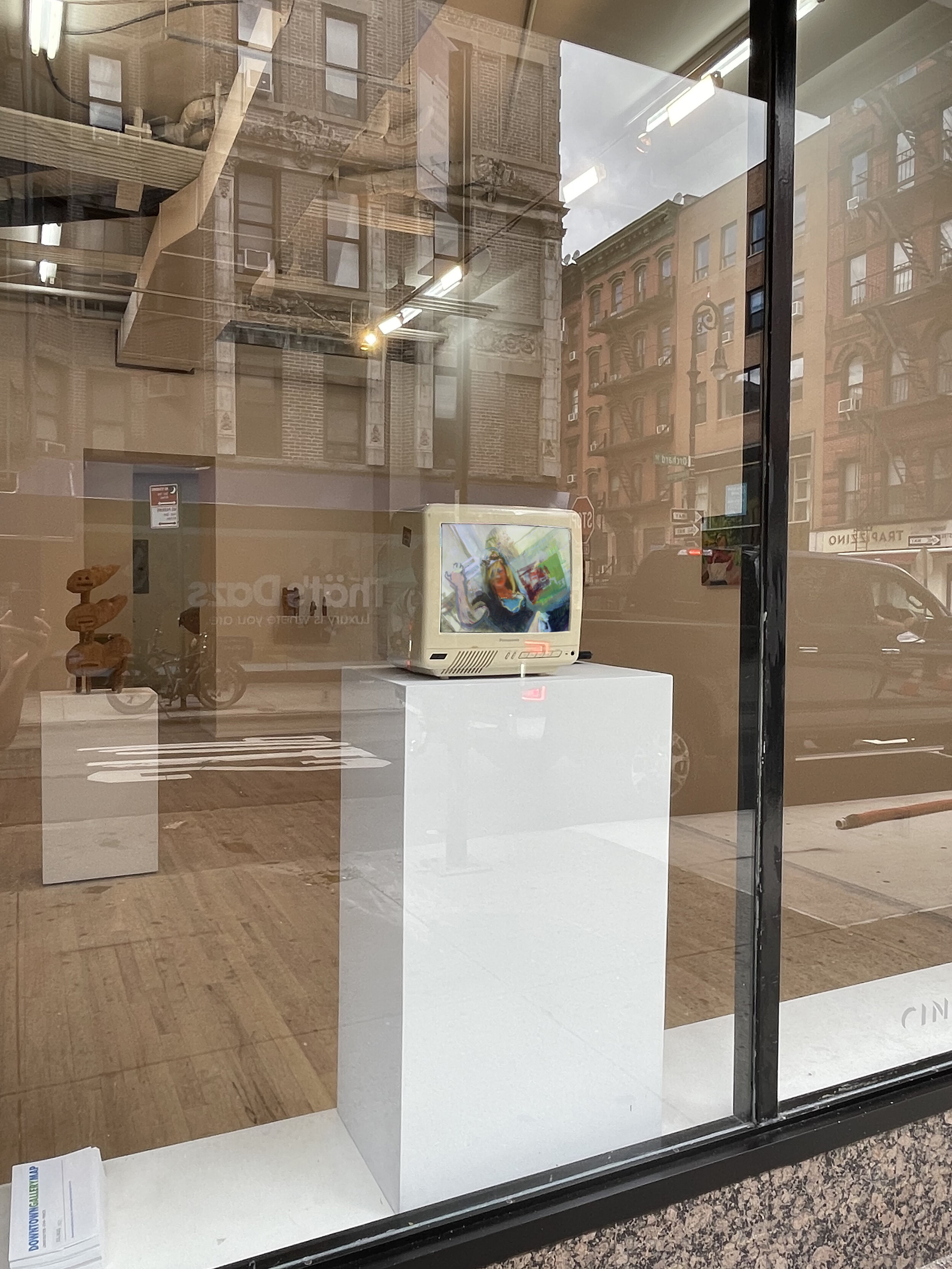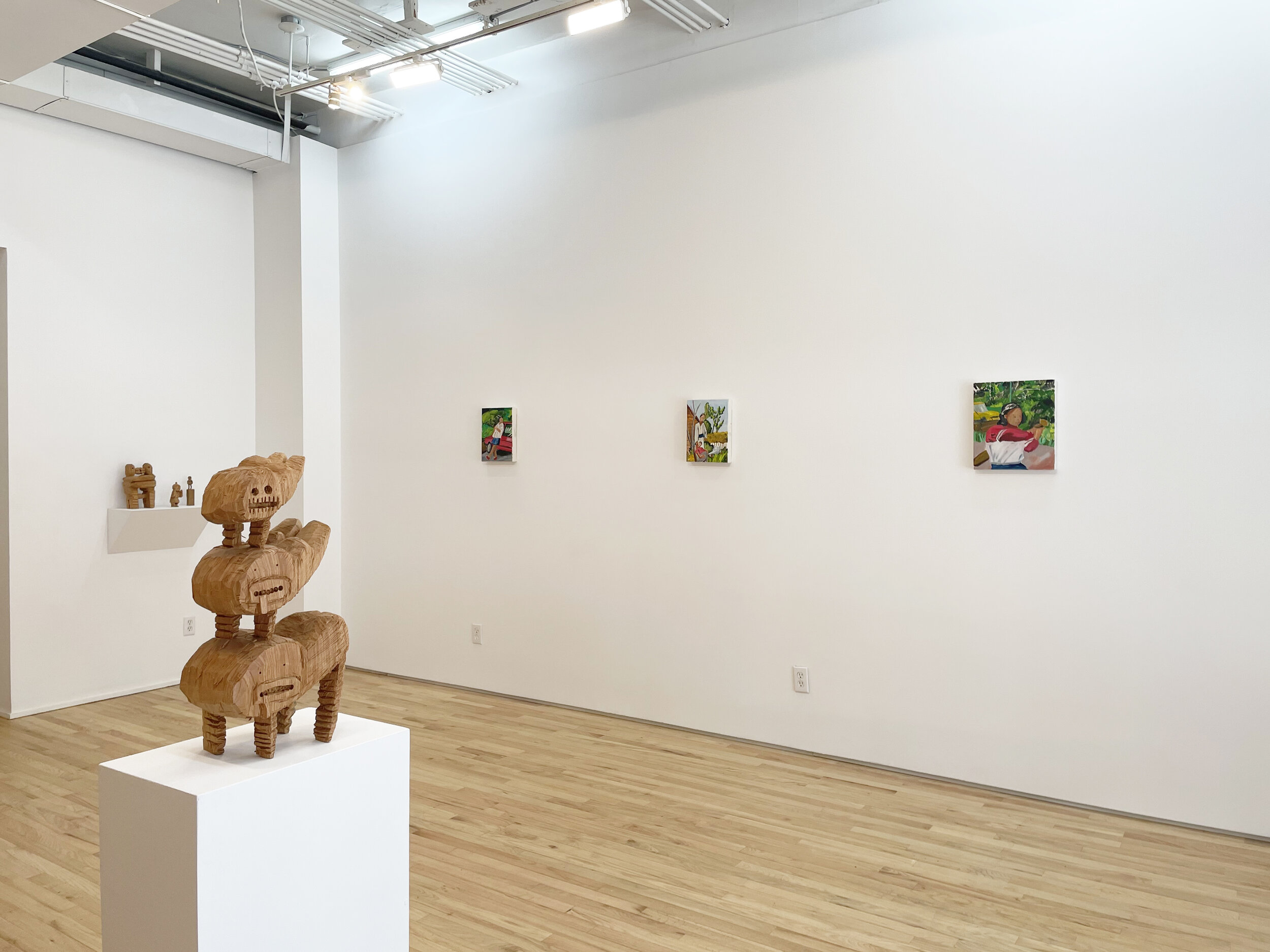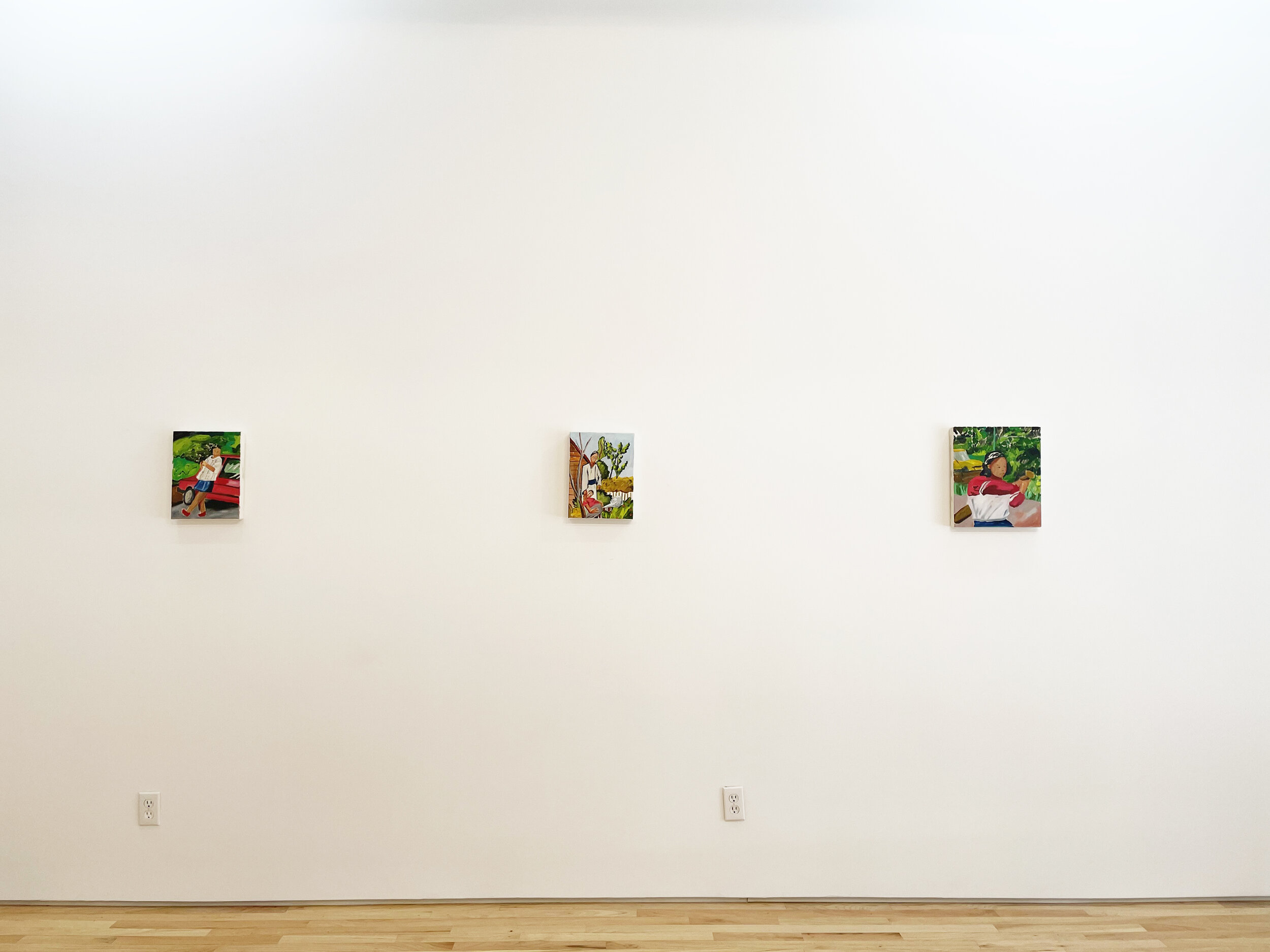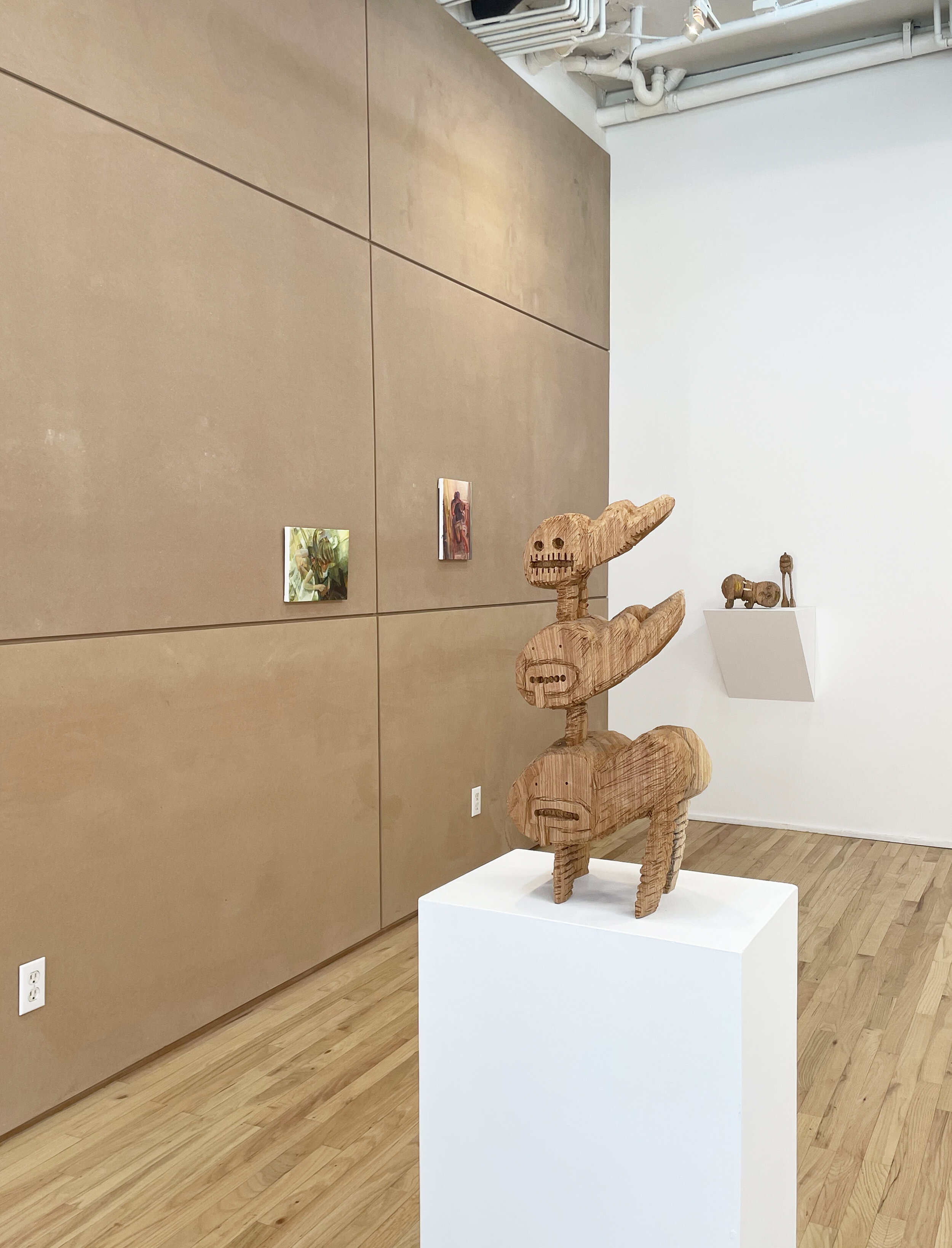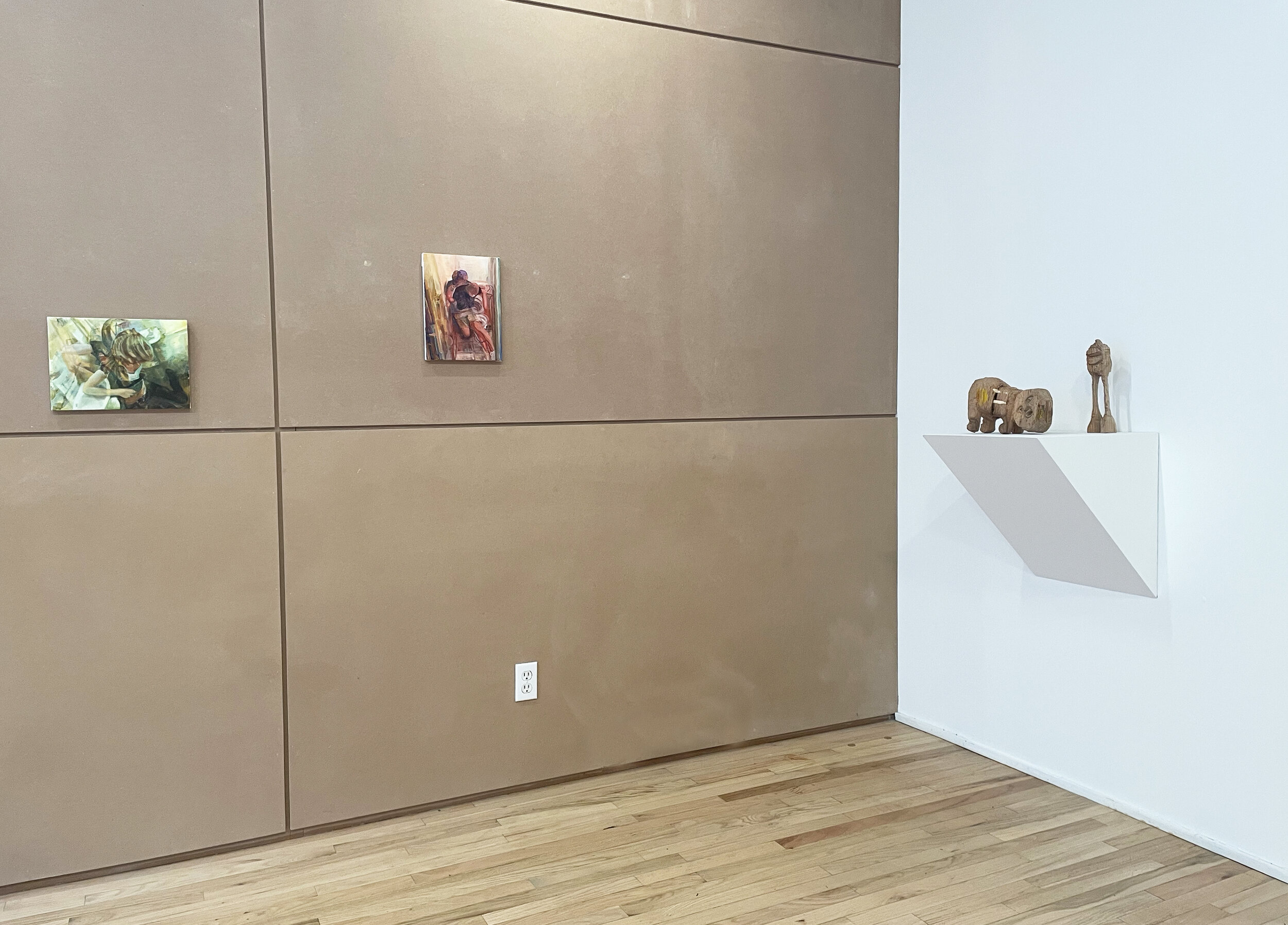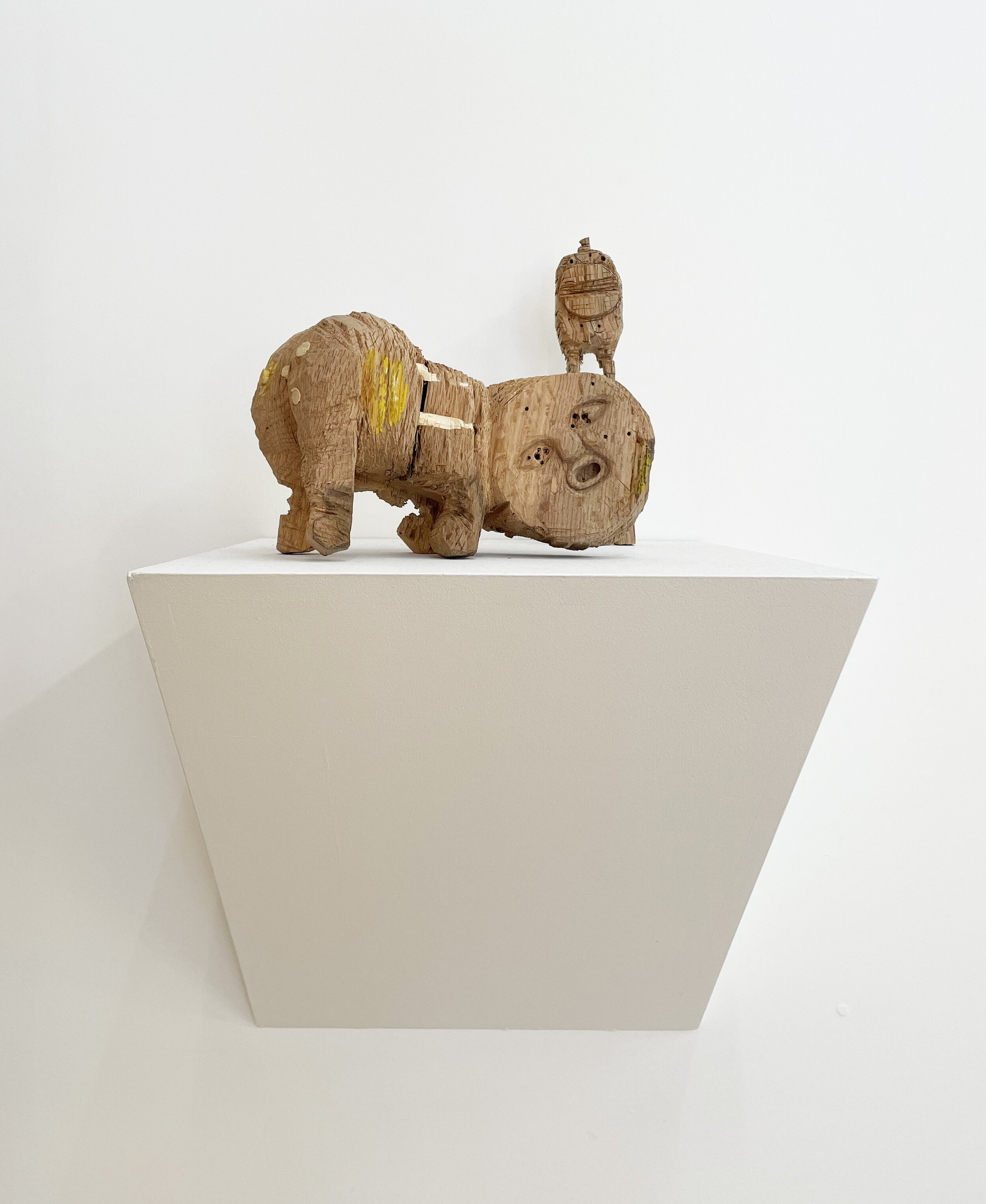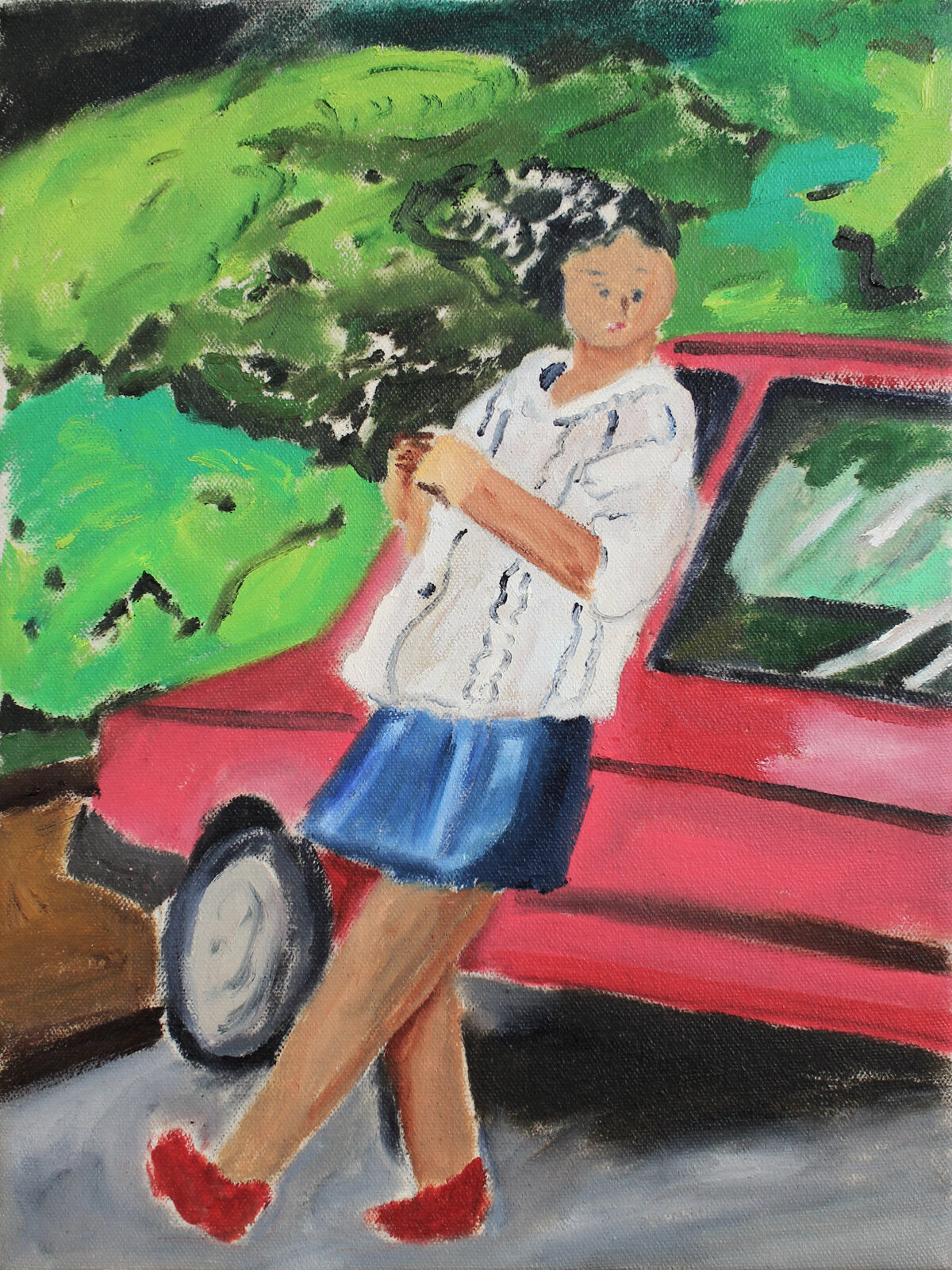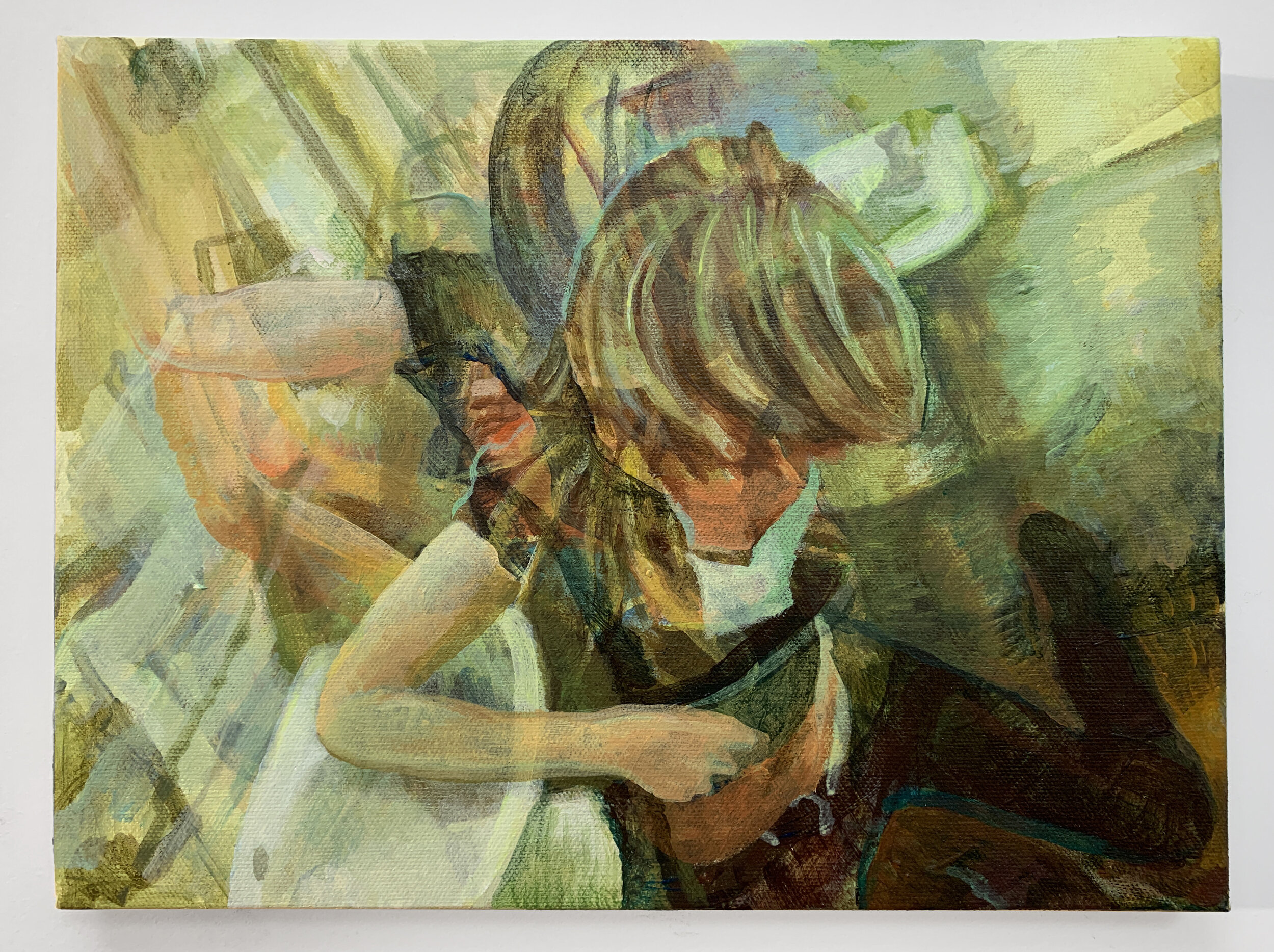Play
Claudia Bitran, Hiroya Kurata, Hirosuke Yabe
June 30 - August 6, 2021
Lebe mit deinem Jahrhundert, aber sei nicht sein Geschöpf; leiste deinen Zeitgenossen, aber was sie bedürfen, nicht was sie loben.
Live with your century; but do not be its creature. Work for your contemporaries; but create what they need, not what they praise.
-Friedrich Schiller, On the Aesthetic Education of Man
Friedrich Schiller utilized the idea of Play as a function of duality, a way to reconcile sensibility and reason, reason and imagination, feeling and understanding, leisure and consequence. He explores the creative impulse in 3 desires: desire for sense, desire for form, and desire for play.
Claudia Bitran’s stop-motion animations depict anonymous people in euphoric and anxious states of drunkenness taken from amateur videos found on social media. Bitran’s work taps into our collective impulse for voyeurism and “schadenfreuden” desires that rest just beneath the surface. The often young, impulsive “stars” of her painted animations are not intended to be the recipients of our pity as we watch them stagger, fall, and generally fail while inebriated. But the knowing smirk her source material intends to invoke quickly melts into a guilty shame as Bitran’s painted frames place agony over ecstasy and we are confronted with the whys: Why do we feel the need to drink to excess? Why seek to attain such levels of intoxication that we convulse? Why do we want to document instead of seeking to aid?
Hiroya Kurata’s works defy the inertia of the two-dimensional painted image. In his paintings, his viewer finds movement in the still depictions of a girl swinging a bat or even causally leaning against a car, almost always in a lush green-scape on a sunny day. Kurata’s subjects are at leisure: they are watering the lawn, throwing a ball, enjoying a picnic. These are fondly held images told in vivid vignettes. Childhood memories shot from the old-fashioned viewpoint of outside arm’s reach, back when photos were objects and phones stayed put. There’s a certain amount of nostalgia for the analog which is why we always return to records and Polaroids. While the artist has a specific story or memory for each image he paints, their universality allows his viewer to connect them to their own experiences.
Hirosuke Yabe’s carved wooden sculptures were created from his desire to shift from the modern ideal to a philosophical investigation into what we are as humans and who we are in the basest version of ourselves. This exploration of the anima results in depictions of animals, people, anthropomorphic creatures, even monsters, but all are metaphors for the human condition. They are silly, funny, cute, foolish, lovely, sweet. We connect with these pieces in different ways: my favorite is not necessarily your favorite. In our divided time, Hirosuke Yabe’s work is here to remind human kind of our humanity.

